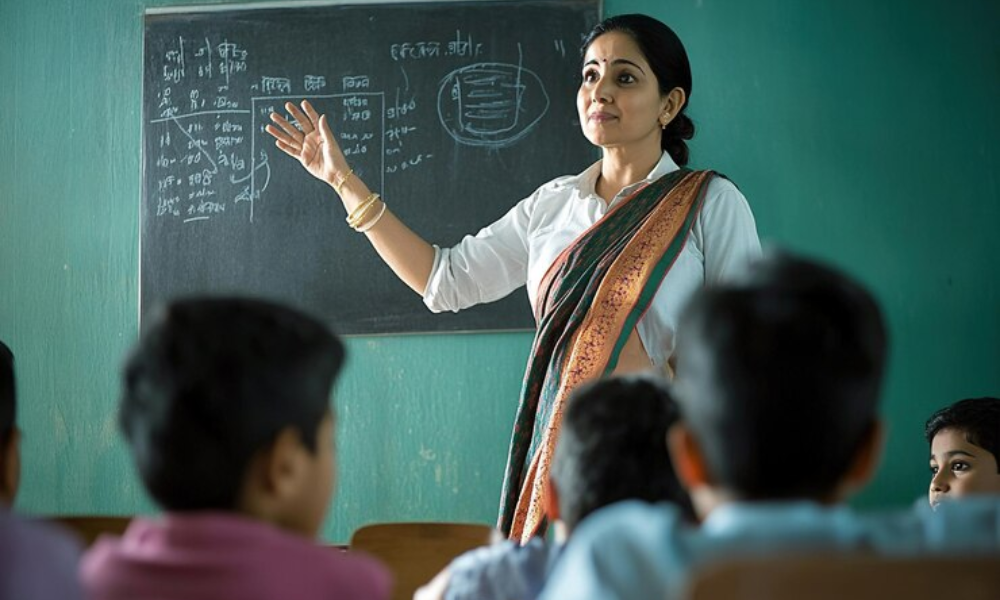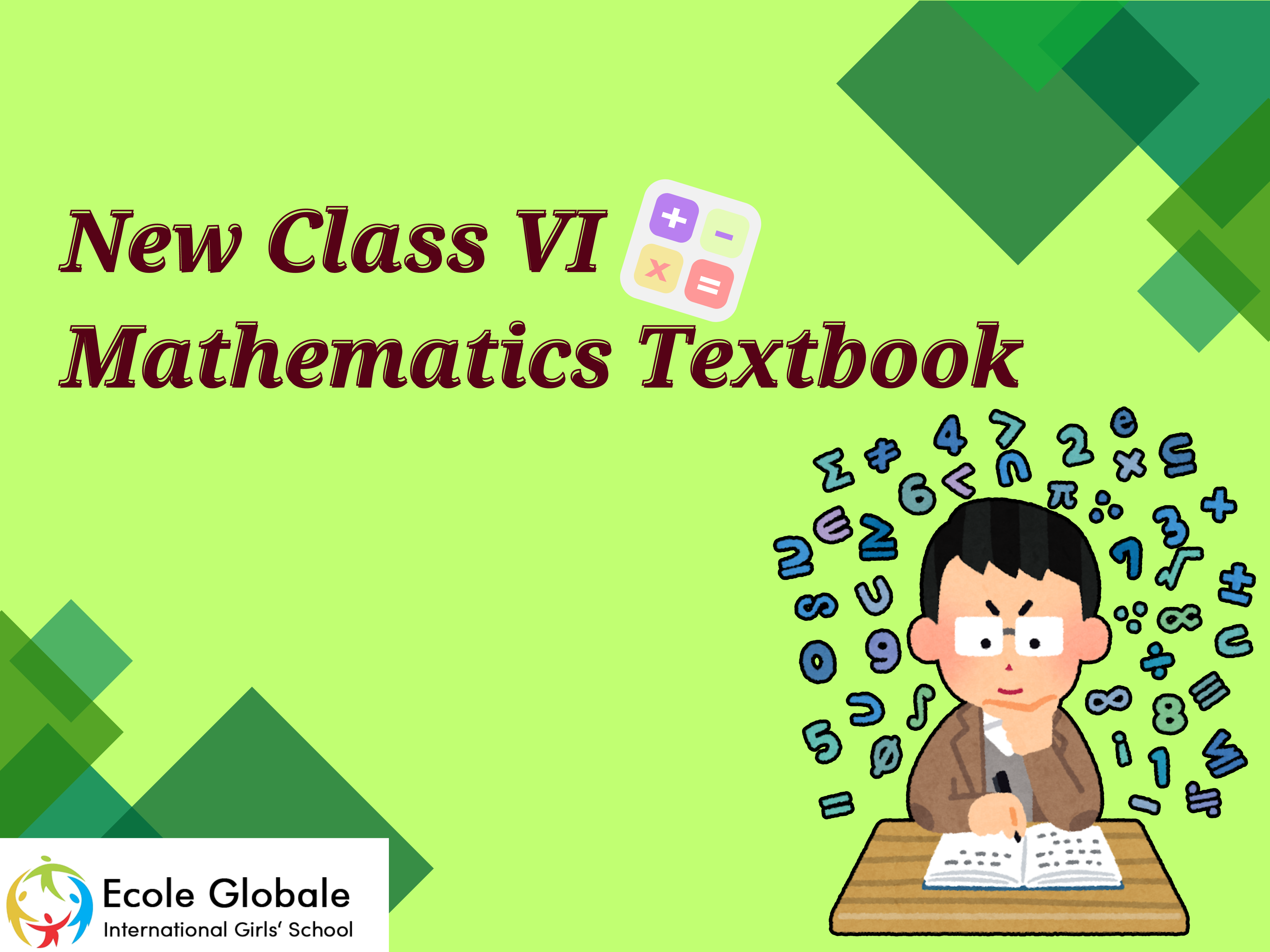In a groundbreaking move, the National Council of Educational Research and Training (NCERT) has introduced a new Class VI mathematics textbook that emphasizes the rich mathematical heritage of ancient India.
This textbook, titled “Mathematics – Class VI,” is designed not just to teach mathematical concepts but also to instill a deep appreciation for the significant contributions of Indian scholars to the world of mathematics.
The approach is innovative, weaving together history, stories, and practical activities to make learning both enjoyable and educational for young students.
Emphasizing India’s Rich Mathematical Legacy

A Celebration of Indian Scholars
The textbook highlights the work of several renowned Indian scholars who made groundbreaking contributions to Class VI mathematics long before similar discoveries were made in the Western world.
Among these scholars are Aryabhata, Brahmagupta, and Bhaskara, whose work laid the foundation for many modern mathematical concepts.
Aryabhata: The Pioneer of Pi
One of the key figures featured in the textbook is Aryabhata, a mathematician from the 5th century CE. Aryabhata is known for accurately calculating the value of pi, a mathematical constant that is essential in many areas of mathematics and science.
Additionally, he developed methods for determining the positions of the planets, showing the interconnectedness of mathematics and astronomy.
Brahmagupta: The Discoverer of Zero
Another prominent scholar highlighted in the textbook is Brahmagupta, who is credited with the discovery of the concept of zero.
The textbook narrates the story of how Brahmagupta introduced zero, a concept that revolutionized mathematics and laid the groundwork for the development of algebra and calculus.
Bhaskara: The Author of “Lilavati”
The textbook also explores the work of Bhaskara, a 12th-century mathematician who wrote the famous book “Lilavati.” This text is considered one of the most important mathematical works of its time, filled with mathematical principles and problem-solving techniques that were far ahead of their time.
By introducing students to “Lilavati,” the textbook not only teaches mathematical concepts but also connects them with India’s intellectual heritage.
Engaging Students Through Storytelling and Activities

The Power of Storytelling in Education
One of the most innovative aspects of the new textbook is its use of storytelling to teach mathematical concepts. By presenting the lives and work of ancient Indian scholars as engaging stories, the textbook makes mathematics more relatable and interesting for students.
For example, the story of Brahmagupta’s discovery of zero is told in a way that captures the imagination of young learners, making a complex concept easier to understand.
Hands-On Activities to Reinforce Learning
In addition to storytelling, the textbook includes a variety of hands-on activities designed to reinforce the concepts being taught. These activities encourage students to apply mathematical principles to real-world situations, making learning more interactive and enjoyable.
For instance, students might be asked to calculate the area of their classroom or explore the significance of the Fibonacci sequence in nature. These activities not only make the subject more engaging but also help students see the practical applications of what they are learning.
Fostering a Love for Class VI Mathematics

Encouraging Critical Thinking
The new Class VI mathematics textbook is not just about teaching facts and formulas; it is also about fostering critical thinking and a spirit of inquiry among students.
By highlighting the contributions of ancient Indian scholars, the textbook encourages students to question, explore, and think deeply about the world around them. This approach helps students develop a love for mathematics that goes beyond the classroom, inspiring them to become curious and lifelong learners.
Building a Sense of National Pride
Another important goal of the textbook is to instill a sense of national pride in students. By learning about the significant contributions of Indian scholars to mathematics, students can develop a deeper appreciation for their cultural and intellectual heritage.
This sense of pride can motivate students to excel in their studies and contribute to the ongoing legacy of Indian mathematics.
The Impact on Students and Educators

A Welcome Change in the Curriculum
Educators and parents have praised the new textbook for its innovative approach to teaching Class VI mathematics. Many believe that by connecting the subject to India’s rich intellectual heritage, the NCERT is making mathematics more accessible and enjoyable for students.
Kavita Sharma, a mathematics teacher at a prominent Delhi school, notes that “the textbook not only imparts mathematical knowledge but also fosters a sense of national pride and cultural identity.”
The Role of Parents in Supporting Learning
Parents also play a crucial role in supporting their children’s learning, and the new textbook provides them with an opportunity to engage more actively in their children’s education.
Neha Agarwal, a parent of a Class VI student, says, “The textbook’s focus on storytelling and practical applications of Class VI mathematics is a welcome change.
By making the subject more relatable and accessible, the NCERT is ensuring that our children not only learn the concepts but also develop a genuine interest in the subject.”
Conclusion
As the new Class VI mathematics textbook is introduced in classrooms across the country, it promises to transform the way students perceive and engage with the world of mathematics.
By emphasizing India’s rich mathematical heritage, incorporating engaging narratives, and offering hands-on activities, the textbook is not just a tool for learning but a gateway to a deeper appreciation of India’s intellectual legacy.
Educators, parents, and students alike are eager to see the positive impact this innovative approach will have on the next generation of learners, fostering a love for mathematics that will last a lifetime.









